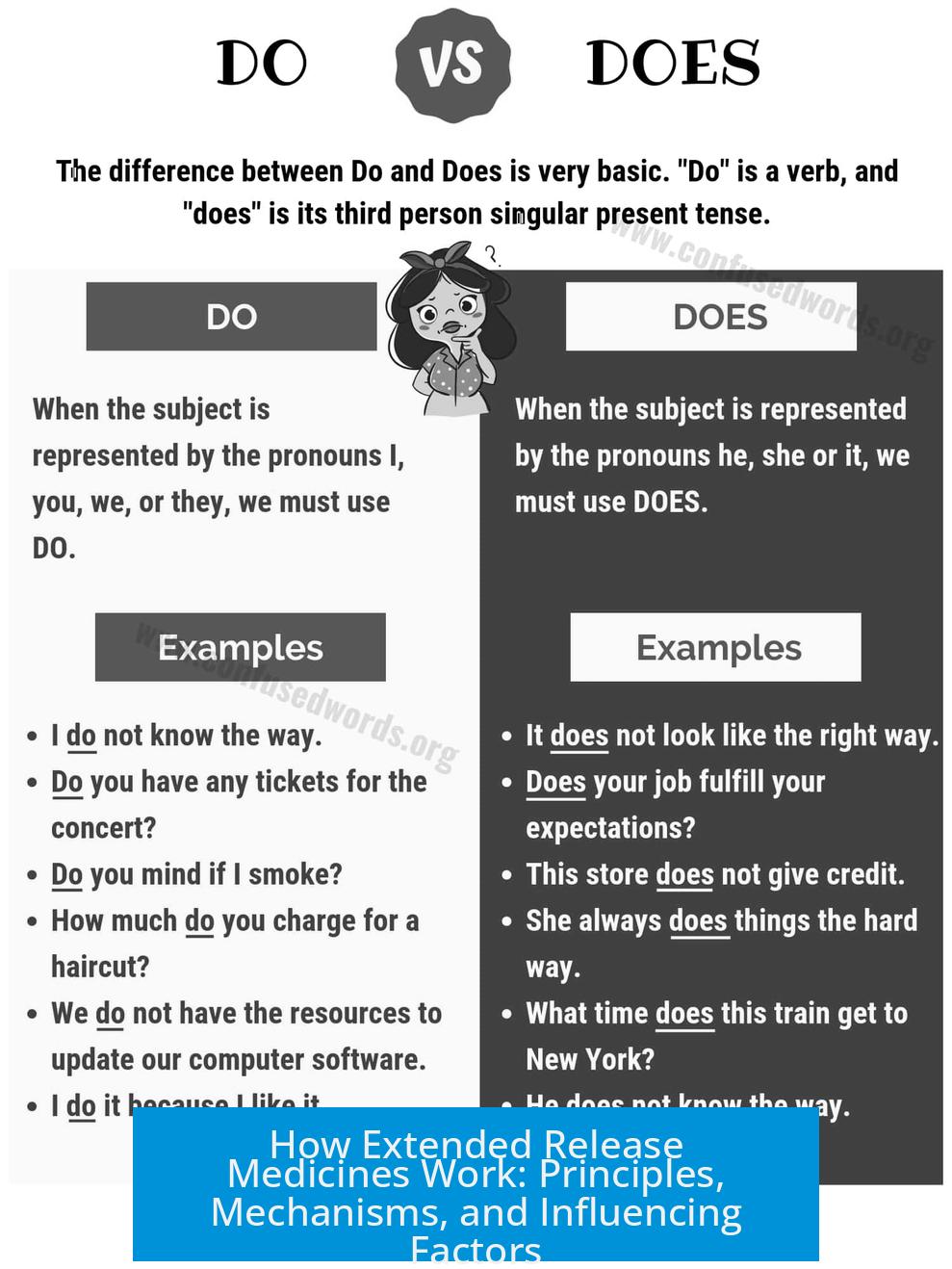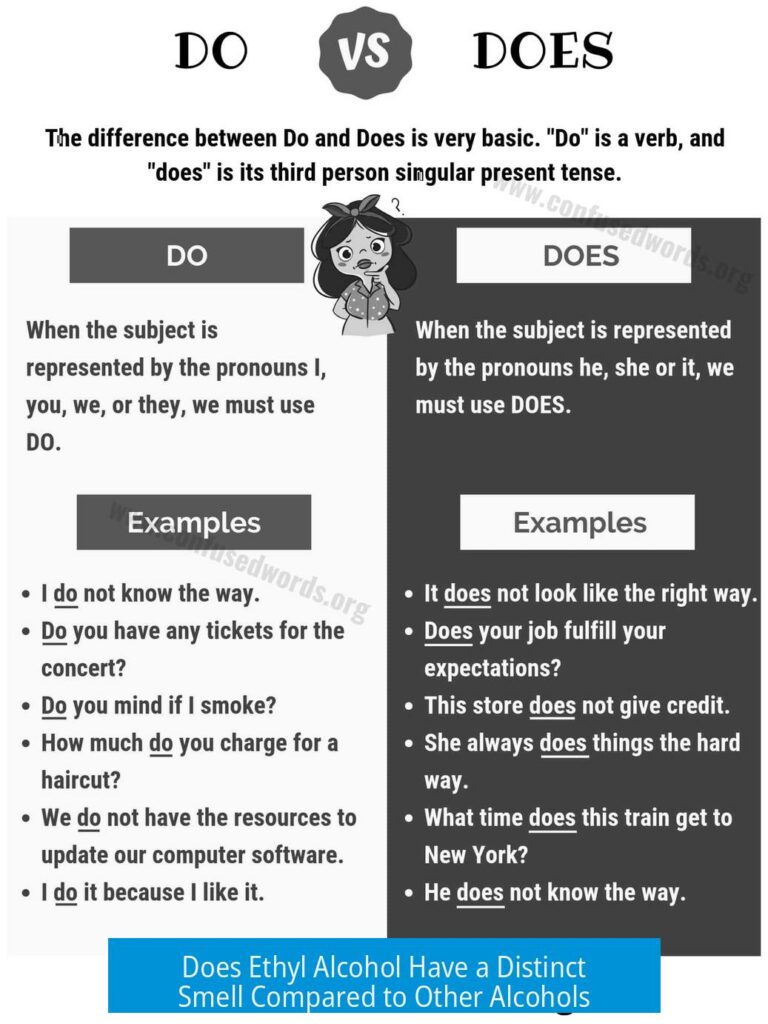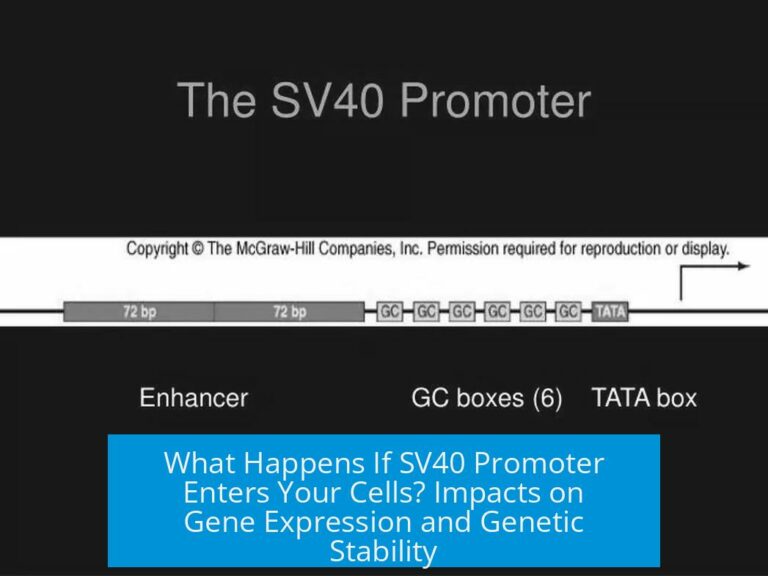How Does “Extended Release” Medicine Work?
Extended release medicine works by controlling the timing and rate at which the active drug is released into the body, allowing for a slower, more sustained absorption compared to immediate release forms. This effect is achieved through various mechanisms such as polymer layers, osmotic pressure, multi-compartment systems, prodrug metabolism, and differential enantiomer activity.
1. Basic Principles of Extended Release
Extended release (ER) formulations aim to maintain therapeutic drug levels for a longer duration. By controlling drug release, these formulations reduce dosing frequency and improve patient compliance. Unlike immediate release drugs that dissolve quickly, ER medications steadily deliver the drug over several hours.
2. Mechanisms of Extended Release in Medications
2.1 Polymer-based Release Systems
One common ER method uses polymers forming layered tablets. These layers dissolve at different rates in the digestive tract. As outer layers dissolve, they gradually expose inner layers, releasing the drug bit by bit. This staggered dissolution prolongs the drug’s availability.
Water-soluble polymers can also hold the drug uniformly dispersed inside. As these polymers dissolve slowly, the active drug gradually diffuses out, providing sustained release.
2.2 Osmotic Controlled Release: The Example of Concerta
Concerta utilizes a unique osmotic pump mechanism. The pill has a semi-permeable outer membrane with a tiny laser-drilled hole. Upon ingestion, stomach fluids enter the pill via osmosis, increasing internal pressure.
- The rising pressure then forces the drug out through the hole at a controlled rate.
- This action prolongs drug release over several hours.
Concerta also has a multi-compartment design:
- An initial outer layer provides a quick 20% dose immediately after ingestion.
- Inside the pill are compartments holding the remaining drug at varying concentrations.
- An internal “sponge” expands by absorbing fluid, pushing the drug out through the orifice steadily.
In total, this system mimics a syringe-like delivery, saturating the bloodstream slowly rather than spiking it.
2.3 Prodrug-Based Extended Release
Some extended release drugs rely on biochemical transformation. The administered molecule is an inactive prodrug. Only after metabolic processing by the liver or enzymes does it convert into the active form.
For example, Vyvanse is a prodrug where amphetamine is bound to lysine. The body must enzymatically separate lysine before amphetamine becomes active. Since metabolism operates at a fixed rate, this creates a steady delivery of the drug over hours.
2.4 Enantiomer-Specific Release
Certain ER drugs use molecule enantiomers—mirror-image forms of a compound. One enantiomer acts immediately, while the other requires processing before activity. This staggered activation extends the therapeutic effect.
3. Additional Factors Influencing Extended Release
3.1 Partial Immediate Release Features
Many ER drugs include an initial burst release of a small fraction of the dose (around 20%). This ensures a quicker onset of action, followed by slow, controlled release of the remainder. This approach balances rapid efficacy with sustained exposure.
3.2 Site of Absorption and Release
The release location in the gastrointestinal (GI) tract also matters. Some drugs dissolve in the stomach for fast absorption. Others are designed to release in the small intestine to avoid degradation by stomach acid or to target specific absorption sites.
3.3 Interaction with Food
Food intake can influence drug release and absorption. Some ER drugs require intake with meals to optimize absorption, while others recommend fasting. High-fat meals or specific foods like grapefruit juice may alter metabolism and affect drug levels.
4. Variability Due to Individual Differences and External Factors
4.1 Metabolic Variability
Genetic differences, such as mutations in enzymes like CES1, can impact drug metabolism. Individuals with altered enzyme activity may experience prolonged drug half-life and higher blood concentrations, affecting the duration and intensity of drug action.
4.2 Food-Drug Interactions Affecting ER
Grapefruit juice is known to inhibit enzymes involved in drug metabolism, potentially increasing the effective drug release from extended release forms. Similar effects have been noted with green tea. Patients must follow dosing instructions to avoid unintended interactions.
5. Other Important Features
5.1 Pill Remnants and Excretion
Some ER tablets, like Concerta, contain non-dissolvable components (e.g., outer shells or “husks”) that pass through the GI tract intact and appear in stool. This is a normal aspect of certain ER delivery systems.
5.2 Non-Oral Extended Release Forms
Extended release can be achieved via other routes. Transdermal patches slowly deliver medication through the skin, bypassing the digestive system entirely. These alternatives offer prolonged drug delivery without oral ingestion.
6. Summary Table of Extended Release Mechanisms
| Mechanism | Description | Example or Detail |
|---|---|---|
| Polymer Layers | Multiple layers dissolve sequentially over time, releasing drug gradually | General extended release tablets |
| Laser-Drilled Holes & Osmosis | Water enters pill, increasing pressure to push drug slowly through holes | Concerta |
| Multi-Compartment Osmotic System | Outer immediate dose plus internal reservoirs pushed by expanding sponge | Concerta’s internal mechanism |
| Water-Soluble Polymers | Drug dispersed in slowly dissolving polymer matrix | Various ER formulations |
| Prodrug Metabolic Delay | Inactive drug requires metabolic conversion to active form over time | Vyvanse (amphetamine + lysine) |
| Enantiomer Release Differences | One enantiomer acts immediately, the other delayed after processing | Specific chiral drugs |
Key Takeaways
- Extended release drugs limit dosing frequency by controlling drug delivery timing.
- Polymer dissolution, osmotic pressure, multi-compartment systems, metabolic lag, and chiral differences achieve controlled release.
- Some pills provide a rapid initial dose followed by slow release to combine quick effect and sustained action.
- Food, metabolism, and genetics influence the effectiveness of extended release drugs.
- Non-oral ER delivery systems like skin patches also exist.
How do polymer layers control drug release in extended release pills?
Polymer layers dissolve at different rates. The outer layer releases drug soon after ingestion. Inner layers dissolve slower, releasing drug gradually over hours.
What role does osmosis play in Concerta’s extended release mechanism?
Water enters the pill through a semi-permeable membrane by osmosis. This builds pressure inside, forcing drug out slowly through laser-drilled holes, providing steady release.
How does the multi-compartment design in Concerta regulate drug delivery?
The pill gives an initial dose from the outer coating. Inside, different chambers release the rest gradually. One chamber has a sponge that swells, pushing drug through a hole at a fixed rate.
What is a prodrug and how does it achieve extended release?
A prodrug needs metabolic activation by the body before it works. The body’s processing speed controls how fast the active drug appears in the bloodstream, spreading effects over time.
Can genetic differences affect how extended release drugs work?
Yes, some people metabolize drugs slower due to genetic mutations. This can raise blood drug levels and prolong the drug’s effect beyond typical times.





Leave a Comment